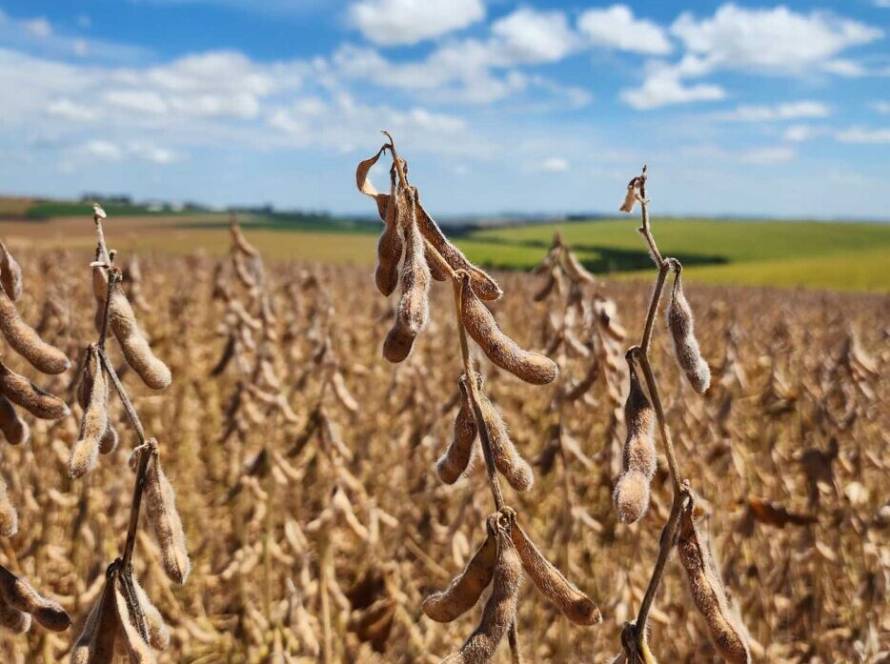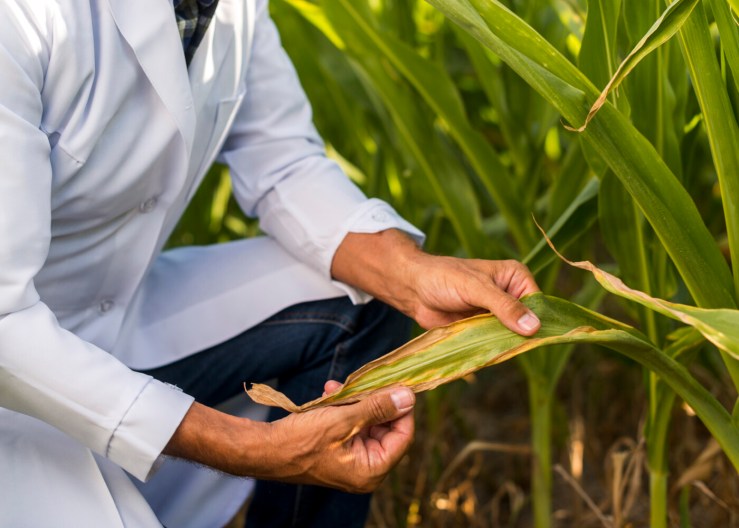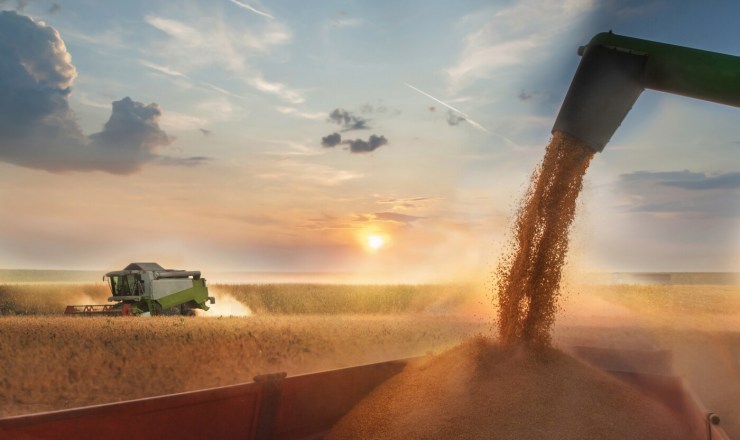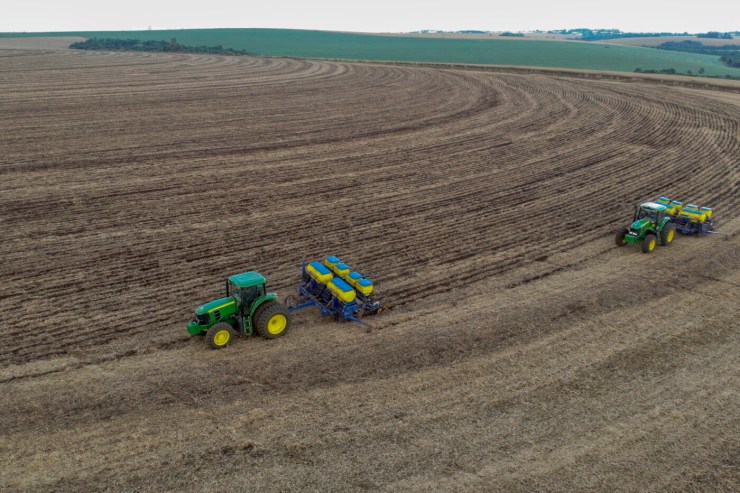After falling throughout the last quarter of 2024, the price of milk paid to producers rose again at the beginning of 2025. Research by Cepea (Center for Advanced Studies in Applied Economics), from Esalq/USP, shows that the price of milk collected in January was R$ 2.6492/liter (“Brazil Average”), up 2.5% compared to the previous month and 18.7% compared to January 2024, in real terms (the values were deflated by the IPCA for January).
 With production losing momentum and demand firm, industries have intensified competition for the purchase of raw materials, which has led to price adjustments negotiated with producers in January. The sector expects the upward movement to gain momentum in the coming months, as the off-season approaches in the South, Southeast and Central-West.
With production losing momentum and demand firm, industries have intensified competition for the purchase of raw materials, which has led to price adjustments negotiated with producers in January. The sector expects the upward movement to gain momentum in the coming months, as the off-season approaches in the South, Southeast and Central-West.
Supply growth showed signs of weakening in December 2024, indicating to industry players that the market could turn around sooner than it does seasonally. At that time, milk supply was growing in some regions, but collection decreased in others. From December 2024 to January 2025, the Milk Collection Index (ICAP-L) fell slightly by 0.7%, due to declines in Goiás, Paraná, Minas Gerais and Bahia.
 The limited supply in this first quarter is mainly due to adverse weather conditions (drought and intense heat). In addition, production may also have been negatively impacted by increased costs. Research by Cepea has shown that the increase in the price of animal feed has increased the Effective Operating Cost (COE) of dairy farms in recent months. In February, although concentrate prices stabilized, other inputs continued to appreciate, increasing the COE in the “Brazil Average”.
The limited supply in this first quarter is mainly due to adverse weather conditions (drought and intense heat). In addition, production may also have been negatively impacted by increased costs. Research by Cepea has shown that the increase in the price of animal feed has increased the Effective Operating Cost (COE) of dairy farms in recent months. In February, although concentrate prices stabilized, other inputs continued to appreciate, increasing the COE in the “Brazil Average”.
At the same time, agents consulted by Cepea reported that demand for dairy products at the final end of the chain remained strong, which, combined with the increase in the price of raw materials, raised the average prices of UHT milk and mozzarella cheese in the São Paulo wholesale market in February.
It is worth highlighting that, even with limited supply in the field, dairy exports grew by almost 27% from January to February, totaling 6.2 million liters in milk equivalent. At the same time, imports continued to rise, with a monthly increase of 3.76%, to 216.2 million liters in milk equivalent).






